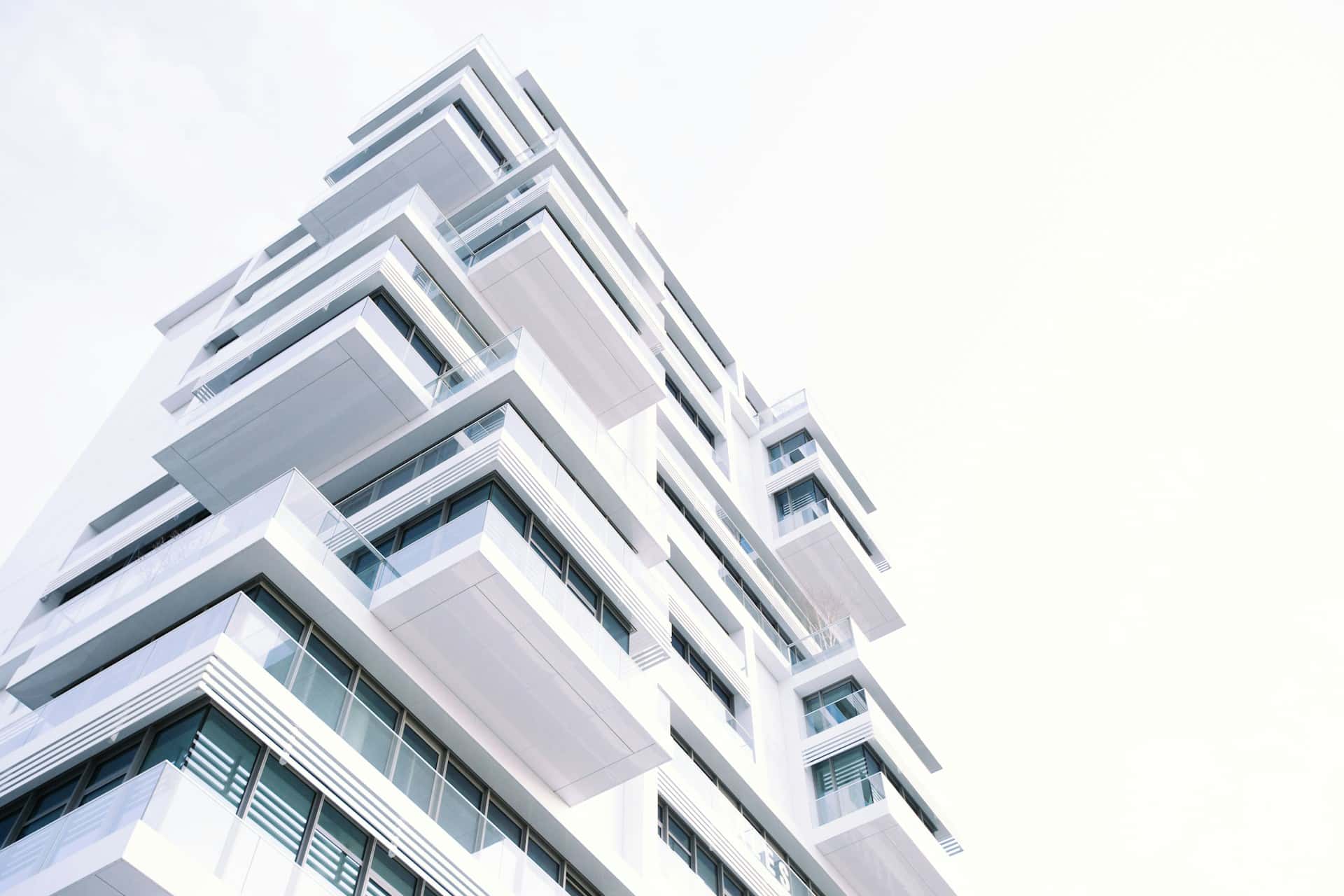As we grapple with the pressing demands of the 21st century, it is clear that our urban spaces must be at the forefront of sustainable change. As city-dwellers, we must consider how the design of our physical environment can both promote health and wellbeing while also combating the impacts of climate change. Central to this discourse is how urban design and architecture can foster active lifestyles and mitigate the effects of urban heat islands.
The Interplay of Urban Design, Health, and Active Lifestyles
Urban design has a profound impact on our daily lives, dictating how we move, interact, and exist within our cities. It shapes our behaviours, lifestyle choices, and, ultimately, our health. By creating environments that encourage physical activity, we can use urban design as a tool to foster active lifestyles and improve public health.
Sujet a lire : What are the health implications of emerging food technologies like lab-grown meat and 3D printed food?
A well-designed city promotes active transportation, like walking and biking, reducing dependence on cars and curbing carbon emissions. Incorporating elements like bike lanes, pedestrian-friendly sidewalks, and accessible public spaces can significantly influence the community’s physical activity levels. In Copenhagen, for instance, over 60% of residents cycle to work or school, largely attributed to the city’s extensive bike infrastructure.
Moreover, the design of public spaces plays a crucial role in social interaction and mental health. By incorporating green spaces, parks, and public squares into urban planning, we can create opportunities for social interaction, relaxation, and leisure activities, contributing to better mental health outcomes.
A lire aussi : What are the health benefits of yoga for seniors?
The Challenge of Urban Heat Islands
While we strive to create cities that promote human health and active lifestyles, we must also address the environmental challenges intrinsic to urban areas. A prominent issue is the Urban Heat Island (UHI) effect – a phenomenon where urban regions experience higher temperatures than surrounding rural areas due to human activities and building materials.
This excess heat can exacerbate the impacts of climate change, increasing energy consumption as the demand for cooling systems rises. It poses risks to human health, contributing to heat-related illnesses and mortality, particularly among vulnerable populations.
Crucially, the UHI effect is not an inevitable consequence of urbanisation. Rather, it is a product of how we design and build our cities. Therefore, through mindful urban planning and sustainable architectural practices, we can mitigate its impacts.
Green Infrastructure: A Solution to Urban Heat Islands
Green infrastructure offers a promising solution to the UHI effect. This approach integrates natural elements into the urban fabric, harnessing the cooling properties of vegetation and water to reduce city temperatures.
The implementation of green roofs is an effective strategy. These are roofs covered with vegetation, which absorb heat and act as insulators, reducing the need for air conditioning. Studies show that green roofs can reduce a building’s energy consumption by up to 75%.
Similarly, urban forestation can significantly lower temperatures. Trees provide shade and release moisture into the air, creating a natural cooling effect. They also improve air quality, capture carbon, and enhance the city’s aesthetic appeal, promoting mental health and wellbeing.
Sustainable Architecture: Building for a Cooler Future
In conjunction with green infrastructure, sustainable architecture can play a vital role in mitigating the UHI effect. This involves designing buildings to be more energy-efficient, reducing the overall heat emitted into the environment.
Passive design strategies, such as maximizing natural light and ventilation, can minimize reliance on artificial lighting and cooling systems. Building materials also matter. Light-coloured surfaces reflect more sunlight than dark ones, reducing the amount of heat absorbed. Using such materials for roofs and pavements can significantly lower the temperature.
Moreover, sustainable architecture isn’t just about reducing heat. It can also foster active lifestyles by creating spaces that encourage physical activity and social interaction. Design elements, such as stairs that are more appealing and accessible than elevators, or communal areas that invite social engagement, can subtly promote healthier behaviours.
Cities of the Future: Designing for People and Planet
As we look towards the future, it is evident that our cities must evolve to face the dual challenge of promoting health and combating climate change. Urban design and architecture hold immense potential to shape our cities into spaces that foster active lifestyles and mitigate the effects of urban heat islands.
The task ahead is not easy. It requires a deep rethinking of how we design and build our urban spaces. But if done right, we have the opportunity to create cities that are not only sustainable and resilient but also foster a high quality of life for all their inhabitants.
Technological Innovations in Urban Design and Architecture
As technology continues to advance rapidly, it’s role in shaping urban design and architecture cannot be overlooked. Harnessing the power of technology and innovation can aid in our pursuit of creating cities that promote active lifestyles and combat the UHI effect.
Digital modelling tools, for instance, can help architects and urban planners to create and visualize sustainable urban landscapes. These tools can simulate various scenarios, allowing for a better understanding of how different designs might impact a city’s climate and the wellbeing of its inhabitants.
Technology can also help in the creation of ‘smart’ buildings, designed to maximize energy efficiency and minimize waste. These buildings can incorporate features such as automated lighting and temperature control systems, which adjust according to the time of day and occupancy levels, thereby reducing energy use and heat production.
Moreover, the advent of the internet of things (IoT) and big data can be instrumental in creating more effective urban designs. Through the use of sensors and data analytics, cities can gather real-time information about traffic flow, pollution levels, and pedestrian movement. This information can be crucial in shaping urban design strategies that encourage active transport and reduce the UHI effect.
Conclusion: Towards Healthier and Cooler Cities
The integration of urban design and architecture can significantly influence the development of sustainable cities. By fostering active lifestyles and mitigating the effects of urban heat islands, we can create cities that are not just sustainable, but also promote health and wellbeing.
While the journey to creating healthier and cooler cities is challenging, it is not impossible. It requires collaborative efforts between urban planners, architects, policymakers, and the community. It asks for a shift in our perception of cities – from concrete jungles to living, breathing ecosystems that are, at their heart, human habitats.
In the face of climate change and health crises, our cities must adapt and evolve. By harnessing the power of urban design and architecture, we can transform our urban landscapes into spaces that are resilient, sustainable, and conducive to active, healthy lifestyles.
Looking forward to a future where our cities are cool, green, and designed for people, we see an exciting and hopeful vision. A vision of cities that are able to withstand the challenges of the 21st century and beyond, and a vision where health and sustainability are not just optional extras, but integral parts of urban life.
In this vein, urban design and architecture are not just about buildings and roads; they are about shaping a society that values health, community, and the environment. They are about creating spaces where people can live, work, and play in ways that nurture their wellbeing and the health of the planet. They are about building a future in which we do not just survive, but thrive.






